Gasoline Fuel Terminal Locations And Their Oil Refineries
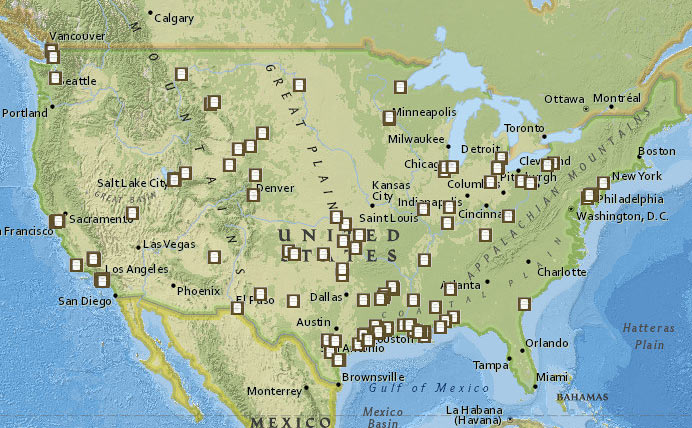
Fuel terminals and Oil refineries.
According to data from the U.S. Energy Information Administration:
There are 140 operable refineries in the United States. At their maximum capacity they are able to process 19,134,102 barrels of crude oil per day. And a subset of 4,297,181 barrels of diesel fuel per day and 2,727,384 barrels of gasoline per day.
The refinery location map shown above (and those below) might provide some insight as to one’s own proximity to where ‘gas comes from’.
From the oil refineries the fuel is transported closer to population centers. This facilitates service stations (gas stations). But there’s more to the story…
Imagine the disruption of fuel on a large scale…
Imagine a world which has entered tumultuous times… Channels of distribution have been severely disrupted (for whatever the cause or reason). And then imagine the disruption of fuel (gasoline) while the degree of difficulty in transporting fuel might become significant…
When you see a tanker truck carrying fuel around, or offloading at a gas service station, the gasoline or diesel product has most likely been shipped from a ‘terminal’ where the tanker trucks fill up.
Terminals are just a collection of storage tanks and truck offloading facilities. Enabling convenient resupply of local gas stations.
An oil refinery produces gasoline, diesel, and other petroleum products. And will transport these products underground through pipelines to fuel terminals.
Tanker trucks can then load products from these terminals and distribute fuel to various service stations (gas stations).
While the terminals may be located near population centers and highways, depending on where you live there might not be a fuel terminal very nearby.
During a disruptive period, it might be interesting to note your proximity to the various fuel terminals. To appreciate the potential difficulty of transportation during a breakdown of distribution.
There are some parts of the country where gasoline (or diesel) needs to be transported significant distances to reach the consumer.
Map of gasoline terminals in the United States:
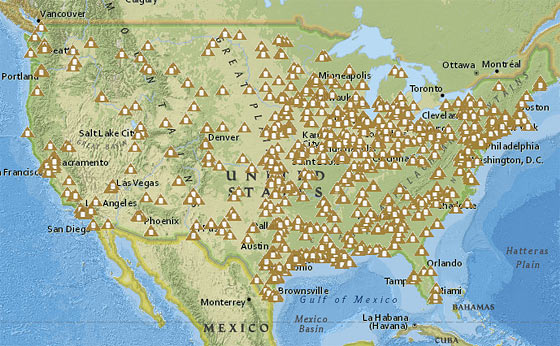
Fuel terminal locations map (North)
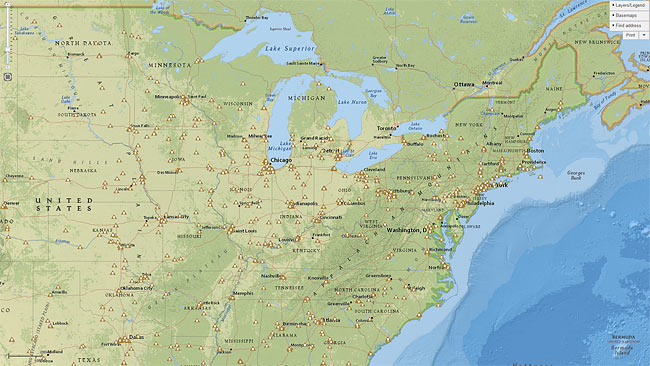
Fuel terminal locations map (South)
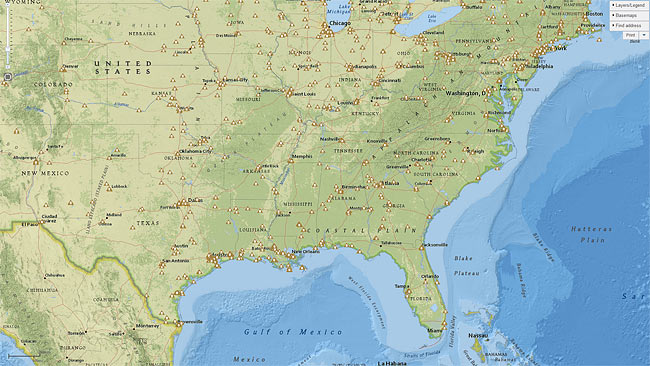
Fuel terminal locations map (West)
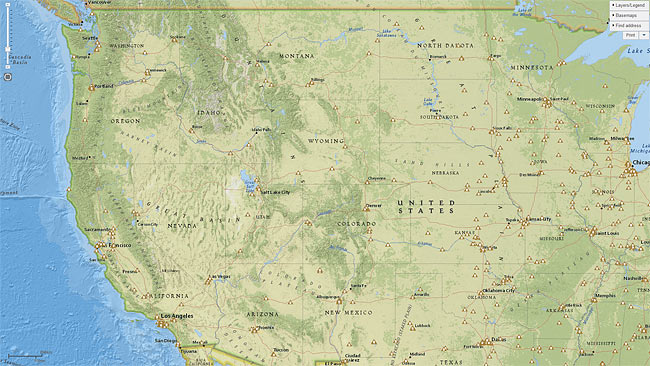
According to a previous poll from the question “When The System Crashes, What Item Will You Have Most Difficulty Re-Supplying?”, Fuel (Gas, Diesel, etc..) was among the top-three concerns.
You might also be curious to re-read the following article,
When The Trucks Stop, It’s Over
Similar to the flow of electricity, gasoline is a life-blood of our modern existence. We take it for granted that there will always be gas at our local gas station.
For your interest… The largest three refineries in the United States…
- Port Arthur Texas
- Baytown Texas
- Garyville Louisiana
They have a combined total crude oil processing capacity of 1,682,750 barrels per day.
[ Read: Colonial Pipeline Cyber Attack Exposes Critical Infrastructure Vulnerability ]
